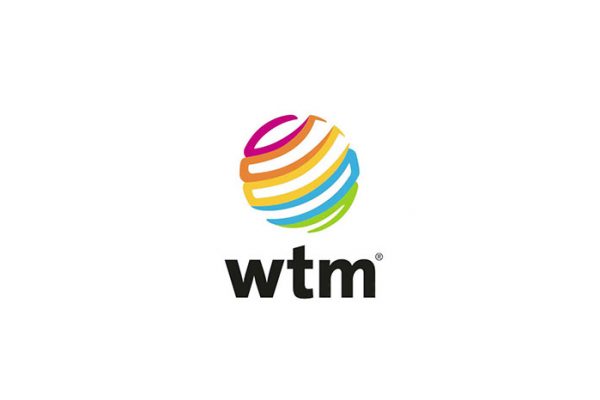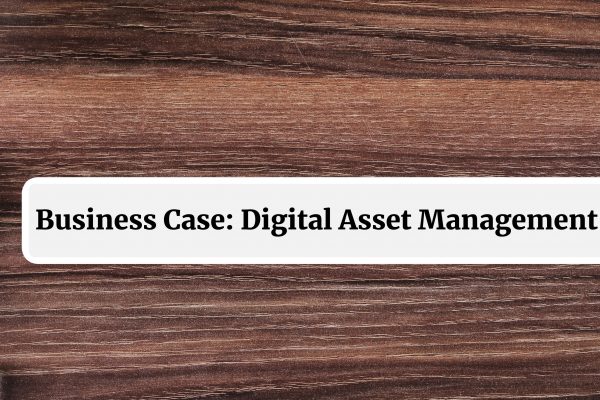It’s time for the digital asset management industry to step up and look to the next generation of digital assets.
We’re already half way through the “semantic web,” and with the upcoming predicted Web 4.0, there are exciting and challenging developments in the air.
Currently many DAM systems are managing assets such as images, videos, Microsoft Office documents and creative files. But the next generation of digital assets are not going to be created, uploaded and managed by humans. They’re going to be generated by computer-to-computer interactions and Internet of Things (IoT) devices.
Here’s a look at some of the most important next gen files we expect DAM systems will have to be capable of handling in the near future.
Live Data
The generation of live data is nothing new — take CCTV, for example — but its potential has always been limited by storage space and cost. Not now. With cloud-based DAM systems able to process data in real time there’s no more need to wipe videotapes every 24 hours.
The possibilities of this real-time information processing are almost boundless. For example, if a customer enters a store and is recorded on CCTV, the image can be relayed to a DAM system that applies face recognition and transmits the name of the customer to the shop assistant before they’ve even interacted.
Somewhat big-brotherish, yes. But it is a level of brand experience that many are aiming for. Retailers are already trailing digital in-store experiential technology, such as screens that scan the shopper’s body and then enable them to ‘try on’ clothes virtually.
Of course, this technology is nascent and needs more work to get it truly consumer-ready, but the images generated by these technologies will need storing.
Consumer-Generated Content
Vast quantities of content are generated by today’s consumers, from images on Pinterest boards to comments in social media channels. Though the content is created by humans, it will end up in DAM systems via computer-to-computer interactions. Systems can trawl the internet to scrape this content and pass it to a DAM system ready for marketers to re-use.
Although this technology is already available, the quantity of scraped content DAM systems need to store is continuing to grow — so artificial intelligence (AI) algorithms will be needed to train the machine to import the type of content and next gen files a marketer will require, and filter out the irrelevant.
A Whole New Type of Asset
Until recently a digital asset was created with a camera, video camera or computer application. Now we have a new wave of smart devices creating a whole additional range of digital assets. For example, smartphones and health devices are generating troves of medical data that is being stored, processed and accessed by medical professionals.
These new types of next gen files and data will require DAM systems to change the way they receive, process, store and display digital assets.
Bigger Big Data
The world currently creates 2.5 quintillion bytes of data every day. If we keep up that pace, there will be 40 zettabytes – that’s 400 billion gigabytes – by 2020.
DAM systems of the future will be hybrid systems that both store vast quantities of data and process that data with machine learning tools that look for behavior and patterns. Such systems won’t be able to handle all this data in real time, so they’ll need predictive analysis tools to help with the burden.
The IoT
Connected devices technology is not quite there yet but be sure that it’s on its way. The resulting explosion of data will need to be processed, categorized and stored.
As the number of these devices grows, DAM system will need to be capable of visualising the data produced. DAM vendors will need to make sure the systems they are selling are able to interpret the data and display it in a way that enables users to make sense of it.
It’s clear that there is a veritable tsunami of data and content already on the horizon — which makes it imperative for the digital asset management industry to adapt, develop and innovate.
What’s needed is robust cloud-based DAM systems fitted with machine learning that can store and make sense of the mass of data that’s coming. However, if DAM systems fail to achieve this, they will neither be ready for the new generation of digital assets, nor the new way business will use DAM.



